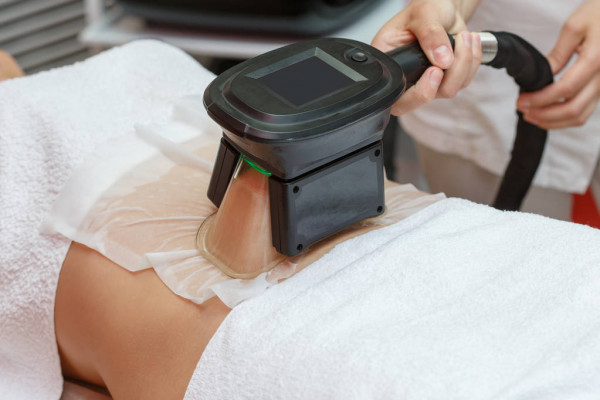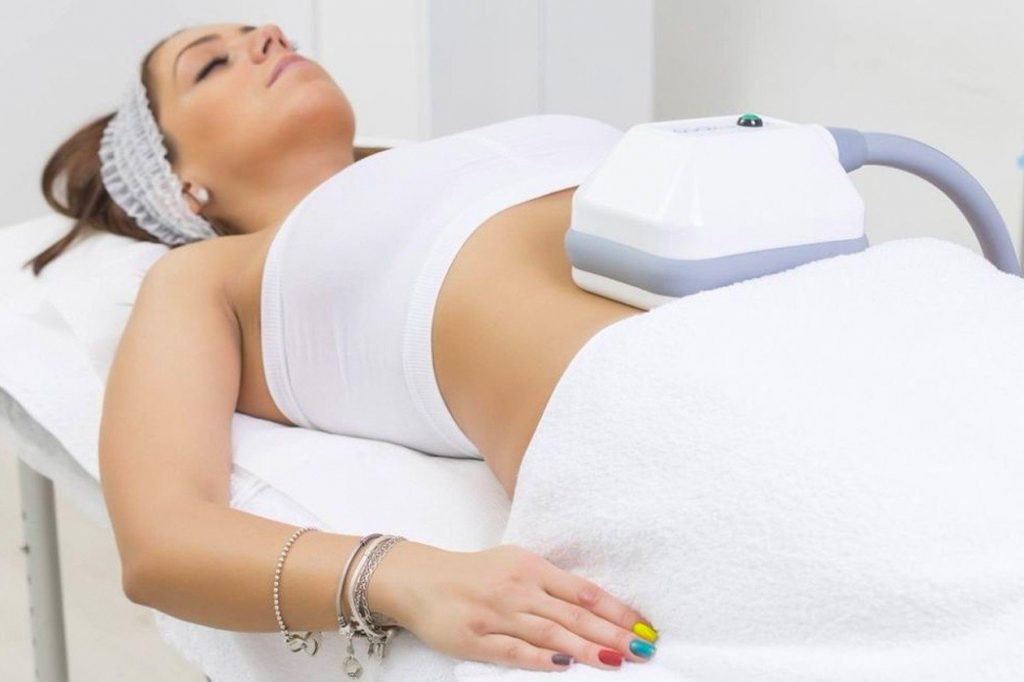Is cryolipolysis 100 percent safe?
Medical cryolipolysis is now a strongly established procedure for the treatment of fat deposits. The popularity of the treatment results mainly from its many advantages over surgical treatment, which carries many more risks than non-invasive treatment. But is cryolipolysis one hundred percent safe?
The possible side effects
The controlled cooling of body zones by cryolipolysis has been extensively studied in terms of risks and side effects. Numerous clinical studies have been conducted to determine how different types of patients react to cryolipolysis in order to ensure the highest level of safety. Since the procedure is non-invasive and therefore the treatment of fat deposits is only performed from the outside, cryolipolysis is very low-risk.
What are the side effects?
According to studies, the following side effects can occur:
- Bruising
- numbness
- slight to more pronounced redness
- slight swelling
- Isolated hardening of the tissue
- sensitivity to touch
These accompanying symptoms vary, but should usually disappear completely within a few weeks. In the case of certain basic illnesses, after cryolipolysis, there can be an area hardening of the fatty tissue – a so-called panniculitis. For this reason, you have to choose any clinical aesthetic that works only with medical professionals, in order to discuss in a qualified manner in a detailed consultation whether a treatment can be performed without risk.
Contraindications
The contraindications are much more serious than the listed side effects. Patients with certain underlying diseases must be categorically excluded from cryolipolysis treatment, as the body may not tolerate the treatment.
For example, in cases of severe obesity, cryolipolysis is generally unsuitable. In this case, a consultation with a specialist should take place in order to find an alternative treatment method, such as liposuction.
Treatment is also unsuitable for patients who have already suffered a heart attack. Cryolipolysis can only be considered after consultation with the treating physician and under certain conditions. The same applies to coronary artery disease.
The lymphatic system also plays an important role in the treatment. Therefore, anyone who suffers from lymph gland cancer or who has had their lymph glands removed should refrain from cryolipolysis.
Other contraindications for cryolipolysis treatment are also:
- Pregnancy
- Women in menstruation (sensitivity to touch during the period)
- Implants (such as pacemakers)
- recent surgeries in the body area to be treated (< 1 year)
- Umbilical or inguinal hernia (for treatments in this area)
- Sensitivity to cold or allergy to cold
- Hepatitis C (cryoglobulinemia)
- Paroxysmal cold hemoglobinuria
- Sensory disturbances
- Bleeding history or cold urticaria
- Peripheral circulatory disorder (e.g. Raynaud’s syndrome / white finger disease)
- Large scars, eczema or psoriasis in the treatment area
- Diseases that require regular use of blood-thinning medications
If none of the contraindications apply and you are generally considered healthy, it can be assumed that you are eligible for treatment. Nevertheless, a medical history must be taken at the beginning by specialized, experienced personnel in order to exclude all risks.
If one decides to undergo the treatment after the detailed consultation, there is no need to prepare for it with special measures. It is recommended to take in enough food and water before the treatment.
After about one hour of treatment, the patient is completely fit for social life and can resume activities as usual, including sports. Only sunbathing and saunas should be avoided for 2-3 weeks immediately after the treatment.
How long does the result of cryolipolysis last?
Localized fat deposits can be treated not only with the help of surgical liposuction, but also with non-surgical methods such as cryolipolysis. Cryolipolysis works by applying cold to the tissue in a targeted manner.
It is a comparatively gentle treatment option that uses the body’s natural processes. If patients who are bothered by localized fat deposits do not want to or cannot undergo surgery such as liposuction, cryolipolysis offers an attractive alternative. Can it achieve comparable results to liposuction? Are there any disadvantages? The following article brings an overview of cryolipolysis.
Procedure and special features of cryolipolysis
Cryolipolysis is an outpatient treatment to tackle localized fat deposits that cannot be reduced with conservative measures. For this purpose, an applicator is placed on the problem area. Possible areas include the abdomen, hips or thighs. The tissue to be treated is pulled between cooling panels with the aid of a vacuum and fixed there. The device then cools the areas in a controlled manner.
The effect of the cold is to destroy the fat cells. Since fat cells are considered more sensitive to cold than other cells, the surrounding tissue remains quite intact. Following the treatment, the body absorbs the destroyed fat cells and removes them naturally. This process takes a few weeks.
Does cryolipolysis cause pain?
Modern and certified cryolipolysis devices are designed to make the treatment as comfortable as possible for the patient. At the beginning, patients often feel a strong sensation of cold – depending on their individual sensation. This can be perceived as a pulling or pricking sensation. As soon as the treatment areas are numbed by the cold, patients usually no longer feel any unpleasant sensations and can relax for the rest of the treatment. If desired, the areas can also be additionally anesthetized. All in all, however, the method is extremely painless.
After the procedure, the treated areas are temporarily stiff and firm. The area can be loosened by massages. Minor discomfort and slight discomfort are also possible here. However, pain is not to be expected even after cryolipolysis.
Results of cryolipolysis treatment
The final results of cryolipolysis can be seen after ten to twelve weeks. Depending on how well or less well the body has responded to the treatment, one treatment is already sufficient or an individual follow-up treatment is planned for optimal results. From experience, corrective treatments are rarely necessary.
Like liposuction, cryolipolysis achieves a permanent harmonization of the body contour. The removed fat cells do not form again. The results are therefore permanent.
However, cryolipolysis is not an unrestricted alternative. It cannot be guaranteed in advance that the desired results will be achieved. This means that in some cases it is possible that the body does not react as hoped and the fat cells remain despite the treatment. With a surgical procedure, on the other hand, the aesthetic plastic surgeon can perform a relatively predictable contouring of the areas.
The respective advantages and disadvantages are carefully discussed and weighed with the patient.
Positively supporting the results of cryolipolysis
Patients can take an active role in achieving the desired results after cryolipolysis. Helpful factors include exercise, a healthy and balanced diet, and a high fluid intake. Fluids help the body to remove the cells.
In addition, it is important to keep in mind that fat reduction (through liposuction or cryolipolysis) in no way replaces weight loss or a healthy lifestyle. It only serves to optimize the contours of the body. Patients should continue to live healthy and keep fit to best support their body.



